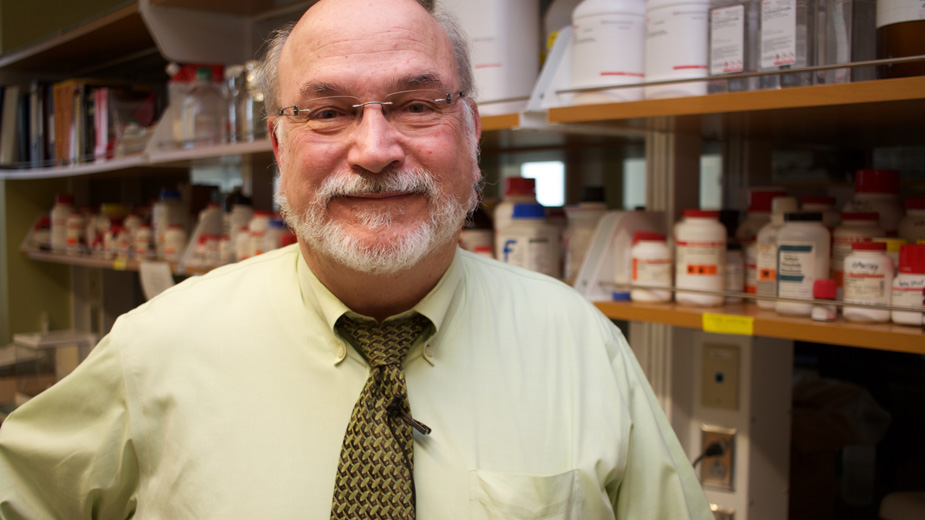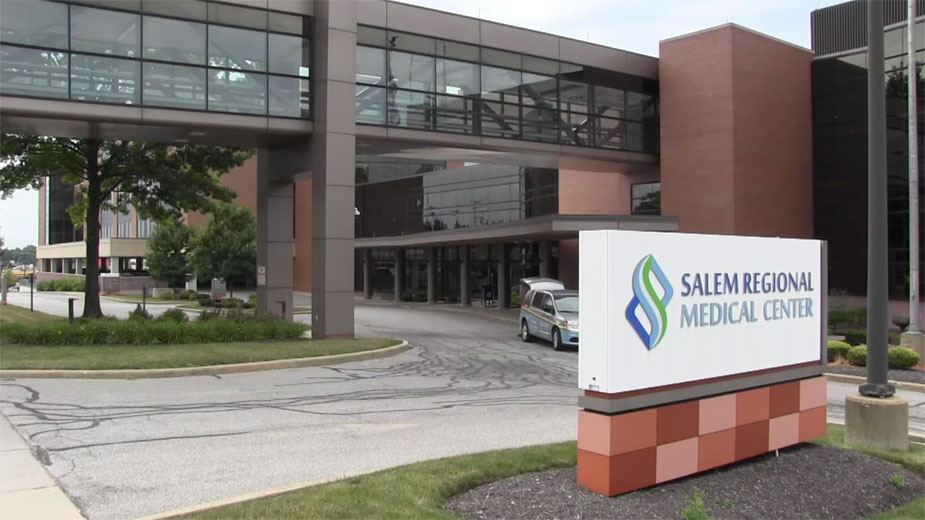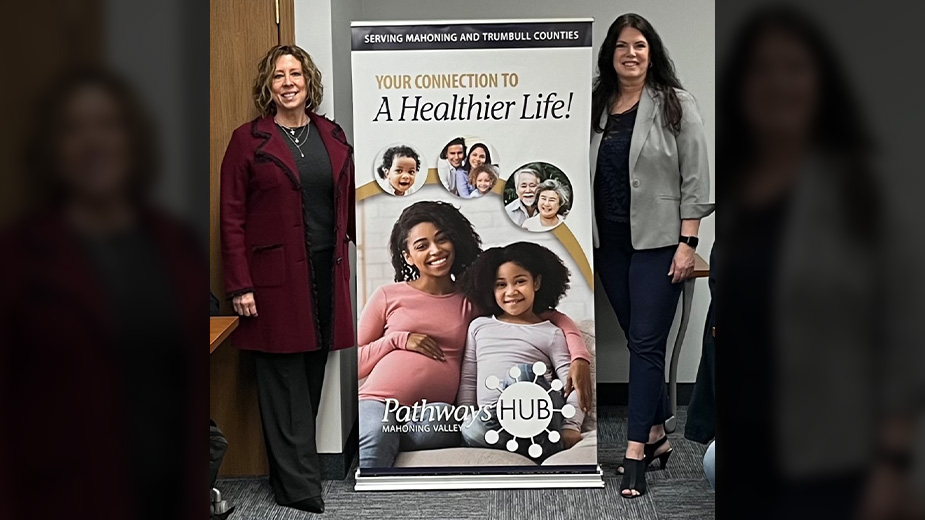NEOMED Studies Heart’s Law of Supply and Demand
ROOTSTOWN, Ohio – One of the underpinnings of economics, the law of supply and demand, is the simplest way to explain how a healthy heart works.
If the heart isn’t getting enough blood – if its supply can’t meet an increased demand – the effects are almost immediate, a heart attack or, in some cases, congestive heart failure that builds up over years.
It’s this balance of supply against demand that Dr. William Chilian is researching at Northeast Ohio Medical University. His work focuses on angiogenesis and arteriogenesis – the growth of blood vessels and arteries. The growth of these pathways, he hopes, can be used to stop – possibly reverse damage caused by the imbalance.
“With the right conditions, these little bypasses can enlarge. In some patients they do it sufficiently so that a patient who has total obstruction of a vessel might not have problems because they naturally prevent the dire consequences,” explains Chilian, chairman of the integrative medical sciences department at Neomed.
Earlier this month, Chilian and other researchers submitted two grant proposals to the National Institutes of Health to further their research in that supply-and-demand model.
The first project proposal, for $2.5 million, was for Chilian’s research to examine how bypasses could improve heart health and avoid heart attacks or heart failure.
Second was a $2.3 million proposal to study how heart failure progresses and, he hopes, develop new a new understanding of the disease and how it can be stopped or even reversed. As it stands now, Chilian notes, the progression can only be slowed.
Another study in the integrative sciences lab, led by Dr. Yeong-Renn Chen, is examining what happens to heart tissue during a heart attack and how it could be kept alive, preventing heart failure years later.
“During the heart attack, the injured area of the heart loses its ability to produce energy and, as a result, [some tissue] dies,” Chilian says. “What’s critical during a heart attack is that mitochondria die. The lab’s looking at how to keep them viable and alive, which drastically reduces the injury we see after an attack.”
On a Monday morning in mid-February, two researchers were in Dr. Yeong-Renn Chen’s lab in Rootstown, preparing tests and analyzing their results. A student, Paul Lin, was preparing a buffer to keep a mouse heart alive in a Langendorff System. The system keeps a heart used to testing pumping after it has been removed.
“We can control factors that you can’t when the heart’s in the body,” he explains. “There are a lot of things that happen when there’s a heart attack and they can mess with how we interpret it.”
Meanwhile, research scientist Dr. Patrick Kang was preparing mitochondrial samples for testing. It’s the mitochondria and the energy they produce, known as ATP, that’s the focus here, he says.
“If the enzymes overexpress in the heart during a heart attack, then free radicals are generated in the process. That can cause a lot of damage,” Kang says. “We think that if we add more of these to the heart, we might be able to prevent deterioration.”
By slowly introducing free radicals – that is, uncharged and unpaired molecules – to the heart, it could be conditioned to reduce the resultant damage when free radicals are released during a heart attack, Chilian explains.
If approved, both grants would be funded over five years. With the grants, the labs could begin “much larger, mechanistic studies to unequivocally come up with answers to the questions we posed,” the department chairman says.
A clinical application, one that could benefit doctors and patients, is still some time off.
“Optimistically, research like this could lead to a clinical translation in probably 10 to 15 years. That’s being extraordinarily optimistic,” he says, noting that it takes about two decades for an initial discovery to begin clinical testing. “But the work that we do can contribute to the basic knowledge, which can hopefully be translated to a clinical therapy that can change the paradigm of how we treat heart failure or disease.”
Beyond those two major projects, there’s plenty of other cardiovascular research at Neomed. Dr. Liya Yin is researching how blood vessels grow within the heart and how stem cells could be used to supplement that growth, while Dr. Priya Raman’s focus is on how blood vessels develop lesions and blockages and how obesity or diabetes can affect those issues.
Cardiovascular research has the ability to affect more than just the heart, Chilian notes. One research project in the integrative medical sciences labs is taking a look at how the liver creates cholesterol.
“You don’t always think of the liver as making a huge impact on the heart or blood vessels,” he says. “But the liver is the system for making bad cholesterol – one of the key factors that contributes to coronary heart disease.”
Other research has included potential cures for cancerous tumors by starving them of blood. Dr. Charles Thodeti leads that project.
Most of the projects play out over long periods of time. Chilian says that one of the quickest turnarounds from discovery to clinical testing at Neomed was just over 10 years. But that doesn’t necessarily mean that students, who are enrolled for four years, are left out of the loop.
In an eight-week summer course, second-year medical students Saikrishna Korada worked on cardiac channel research with Dr. Ian Bratz as they studied ways to alter some of the effects of diabetes.
“Capsaicin, which can be found as a spice, triggers these channels and lets them have more effects,” Korada says. “We looked at if the activation of these channels could reduce the negative effects of diabetes.”
For Chilian, all of this research points to a better future for patients. The life span of someone diagnosed with congestive heart failure has increased but is still just three years, far shorter than someone diagnosed with colon cancer.
“When you see a problem like that and see that there’s so much work on it, only to find that the best therapy just slows the progression, I think we can and should do better,” he says. “And if we understand the basic causes, we can do that.”
Pictured: Dr. William Chilian is leading cardiac research at Northeast Ohio Medical University.
Copyright 2024 The Business Journal, Youngstown, Ohio.


